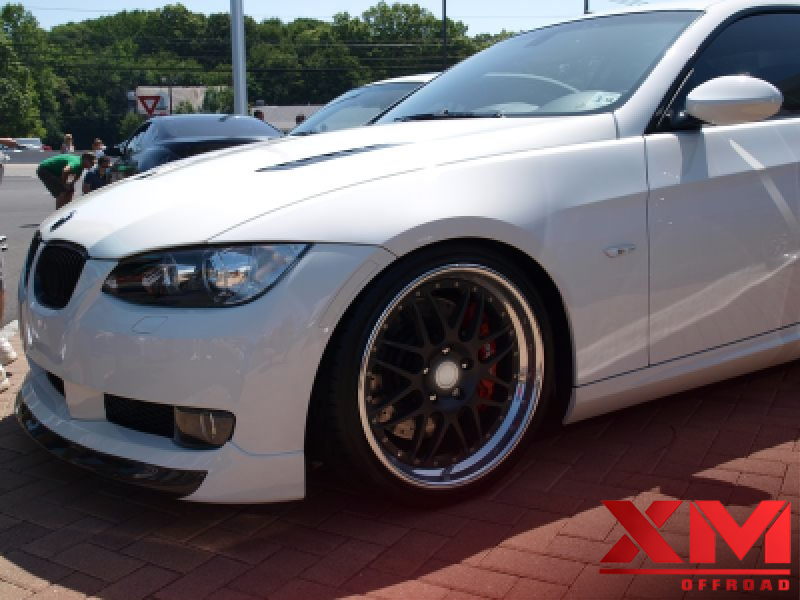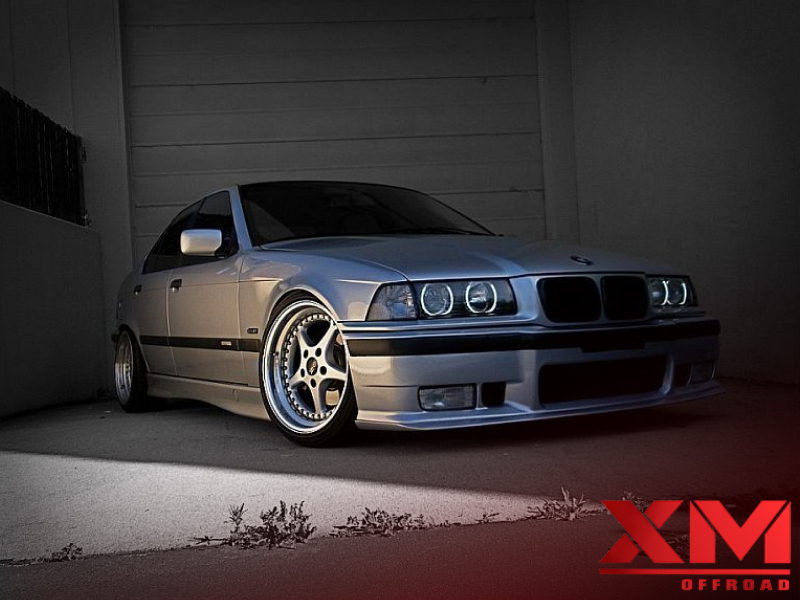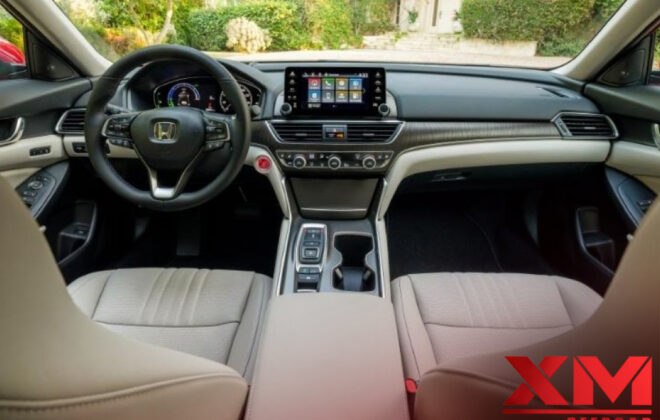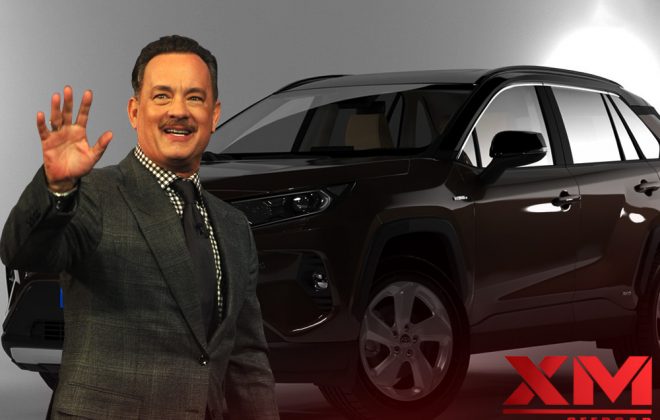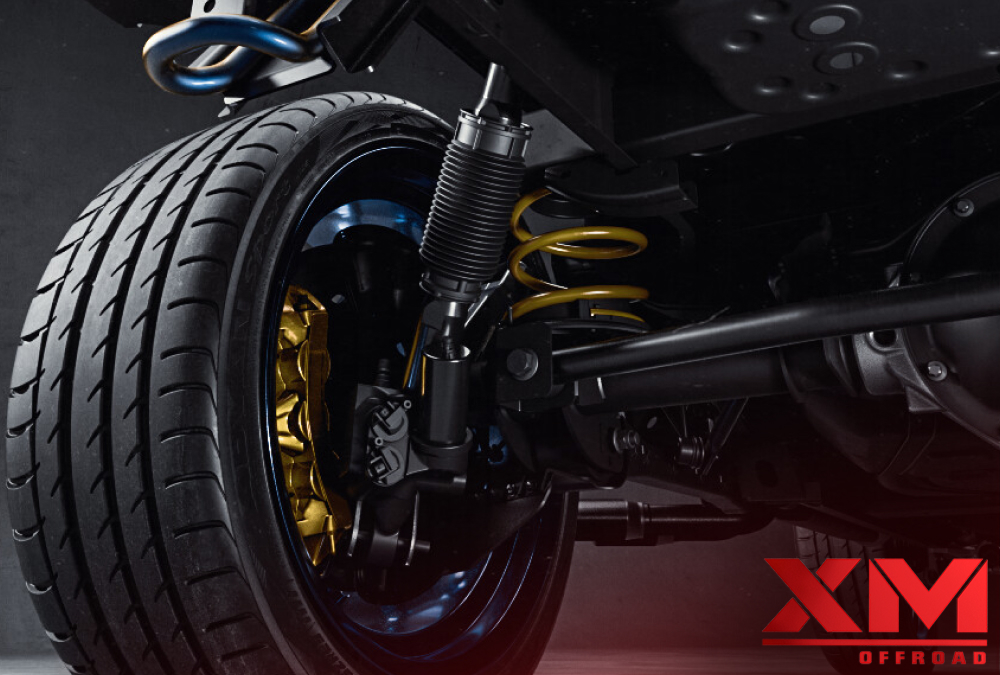
Understanding How BMW Suspension Upgrades Influence Wheel Fitment
A suspension upgrade is more than just springs and dampers, it also impacts wheel fitment. Upsizing or downsizing wheels and tires will change handling, acceleration, and even comfort.
Stance fitment, with wheels, poking out past the fenders, is not ideal for track day or drift driving as it can cause traction issues. It’s best to go with a square setup which will allow the front and rear tires to be rotated to extend tire life.
Size
Many BMW owners seek to lower their cars for a more aggressive look and handling. One of the most important aspects to consider is wheel size. The size of the wheels impacts handling, ride quality, and how much weight your vehicle can handle.
A bigger wheel will increase your car’s load-bearing capacity by creating a larger contact patch with the road. This will allow you to dig harder into corners and improve the grip of your tires.
Larger wheels are hub-centric meaning that they have a central hole that is centered over your car’s suspension hub. This is different from lug-centric wheels that are centered by the lug nuts. Whether your BMW is hub-centric or lug centric, the wheel size needs to match the suspension hub to fit properly.
While most bolt-on wheel upgrades will adhere to conservative factory tolerances, some owners prefer a more aggressive fitment. While these setups may still function, it is recommended to have a dialed-in suspension, alignment, and extremely specific tire choice to ensure proper performance.
A clunk or vibration when going over bumps is typically an indication that your shock absorber bushings are worn out. These rubber bushings help to cushion the movement of the control arm as it moves up and down. When they wear out, you will notice a decrease in handling and a more abrupt feel to the steering wheel.
If you have a BMW with adjustable suspension, it is possible to replace the bushings to restore their original handling.
Offset
If you want to take your BMW to the next level, upgrading the suspension is essential. When properly dialed in, a good suspension setup can make the difference between outhandling your competition and crashing into them at every turn. A stiffer suspension will also improve cornering and acceleration, making it a lot more responsive and precise.
A stiffer suspension will also reduce the amount of body roll your BMW experiences.
One of the biggest changes you can make to your BMW’s handling is changing the wheel size. Choosing a larger wheel will increase the load-bearing capacity of your BMW, improving your ride quality and overall vehicle performance. Larger wheels also have a greater surface area, which helps with weight distribution and grip. You can contact XM Off-road Wheels to get more information regarding this.
The offset of your BMW’s wheels is another factor to consider. The offset is the distance between the center line of your wheel and its mounting pad. The higher the offset, the farther outboard the wheel sits on its flanges. A lower offset means that the wheel is closer to the flanges.
Many BMW owners are attracted to a more aggressive wheel fitment for the purpose of achieving a specific look.
Coil overs are a common upgrade for BMW owners looking to enhance their handling. A coil-over set will lower the car’s center of gravity and help to reduce excessive body roll and understeer.
Weight
If you’re looking for a serious handling upgrade that also enhances the look of your BMW, a full coil-over suspension kit is an excellent choice. These kits use dampers and springs that are engineered and matched to each BMW model, which results in an ideal balance of performance and comfort.
When compared to coil overs, air suspension is another excellent option. Not only do air suspension systems allow you to raise or lower your car with the push of a button, but they also offer unbeatable ride quality. Plus, you can clear speed bumps and cumbersome steep driveways without worrying about scraping your undercarriage.
Having a well-tuned suspension will not only make your BMW handle better, but it’ll also help to improve its fuel efficiency. This is because your BMW’s suspension will not have to work as hard to keep the wheel in contact with the road, which will result in less friction and vibration.
Brakes
The suspension system is responsible for absorbing all the bumps and reducing all the kinetic effects of driving. It’s comprised of a series of springs and dampers that are designed to make your BMW more comfortable by minimizing the impact from bumps and reducing the amount of energy you feel when you take a turn.
When changing your BMW suspension, it is a good idea to refresh the engine and transmission mounts as well. These components take a lot of abuse and can wear out over time. Refreshing the OEM mounts will improve handling and reduce vibrations.
Another part to consider refreshing is the pillow ball bushings at the inner ends of the control arms. The rubber that the OE manufacturer uses deflects a lot of energy and can lead to steering issues. Switching to a pillow ball bushing will increase the lifespan of the struts and will give you a more precise feel.
Adding larger brake calipers can greatly enhance the performance of your BMW’s braking system. This is because the larger calipers can dissipate heat quicker, and this leads to less brake fade.
Conclusion
As with any upgrade, it’s important to do your research before buying a suspension system. Always make sure you’re buying a high-quality kit from a reputable brand that has been tested in real-world conditions. Additionally, it’s a good idea to test drive your car with the new suspension before making any final decisions.
Read Also: Reinventing the Wheel: Eight Cutting-Edge Concepts for Your Car’s Future
While it’s possible to get great BMW suspension upgrades at a fraction of the cost, it’s usually best to invest in the most expensive options available. This will ensure that you’re getting the most bang for your buck and will provide maximum performance for the life of your BMW. In addition to upgrading your suspension, don’t forget about upgrading your wheels and tires. A good set of 26 inch rims can increase your vehicle’s load-bearing capacity, while a lightweight tire will reduce the amount of effort the suspension has to exert to overcome road irregularities.
FAQs
Q1) How do BMW suspension upgrades affect wheel fitment?
BMW suspension upgrades can have an impact on wheel fitment due to the changes in ride height and suspension geometry. These modifications can affect the clearance between the wheels and the fenders, potentially leading to issues with rubbing or inadequate space for larger aftermarket wheels.
Q2) Will upgrading my BMW’s suspension affect the wheel offset?
Yes, upgrading your BMW’s suspension can affect the wheel offset. Suspension modifications can alter the suspension geometry, changing the position of the wheel in relation to the suspension components. This change in offset may require adjustments or different wheel specifications to maintain proper fitment and alignment.
Q3) What are the potential issues with wheel fitment after upgrading the BMW suspension?
Upgrading BMW suspension can result in several wheel fitment challenges. The most common issues include increased risk of rubbing against the fenders or suspension components, inadequate wheel well clearance, and potential interference with brake calipers or other hardware. Additionally, suspension modifications may require changes in wheel offset or sizing to ensure proper fitment and avoid adverse effects on handling.
Q4) How can I determine the right wheel fitment after upgrading my BMW’s suspension?
To determine the right wheel fitment after a BMW suspension upgrade, it’s crucial to consider factors such as the new ride height, suspension geometry changes, and desired aesthetics. Consulting with a knowledgeable wheel and suspension expert is highly recommended. They can provide guidance on selecting wheels with appropriate offset, diameter, and width to ensure proper clearance and alignment with the upgraded suspension components.

